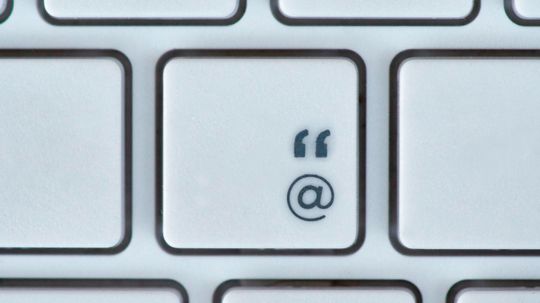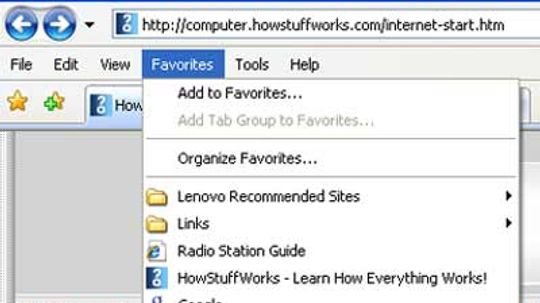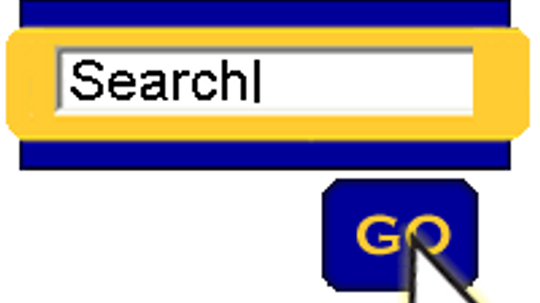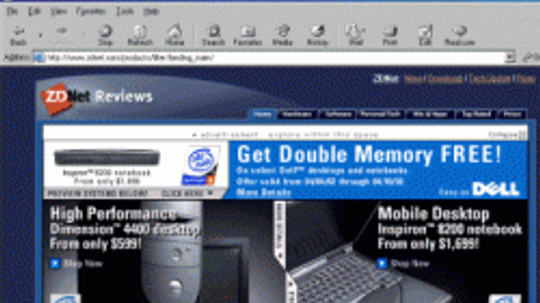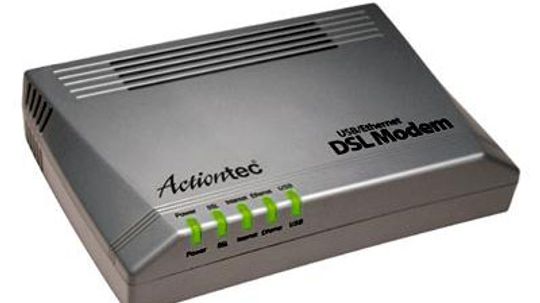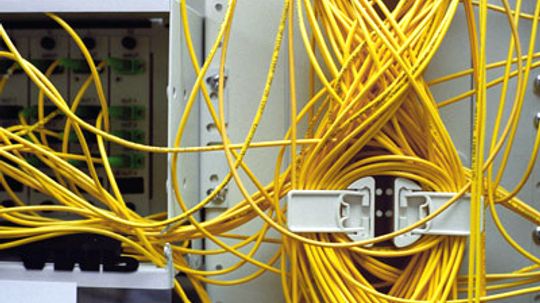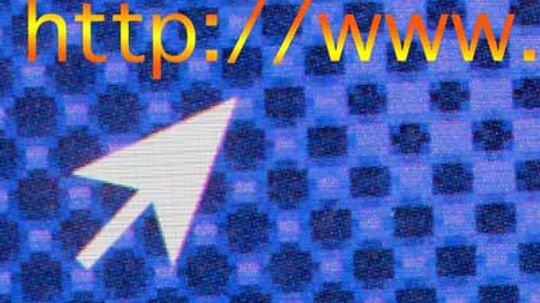Internet Technology
We look to the Internet for news, socializing, shopping, research and more. From HTML code to instant messaging, we'll break down what's really going on whenever you log on, send an e-mail, visit a popular Web site or post to a blog.

The Truth About Cloud Storage and Its Future

5 Ways to Keep Your Information Secure in the Cloud

Are my files really safe if I store them in the cloud?

Kazakhstan Is the Latest Country to Shut Down the Internet; Here's How

Can the Internet Break From Overuse?
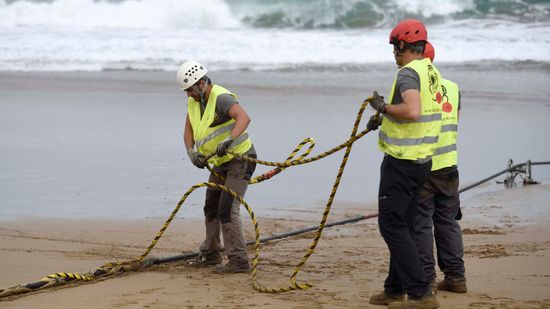
Could an Attack on Undersea Cables Take Down the Internet?
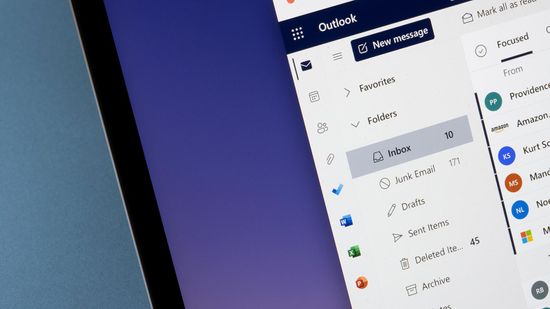
How To Recall An Email in Outlook or Gmail

What Does CC Mean in Email?

How to End an Email

Web3: The Next Phase of the Internet Is Coming
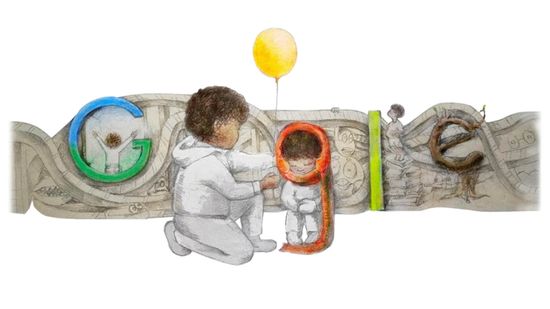
It's Time to Enter the Doodle for Google Contest!

How to Access the Dark Web
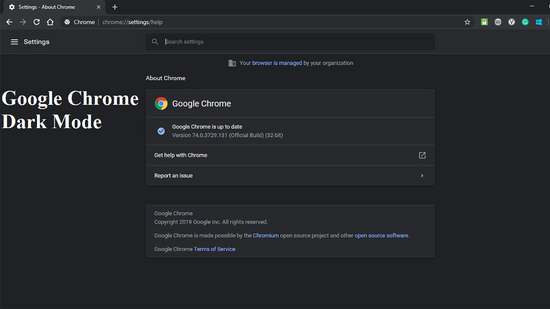
How to Enable Google Chrome Dark Mode on All Your Devices

How to Delete a Gmail Account

How Websites Use 'Dark Patterns' to Trick You Online
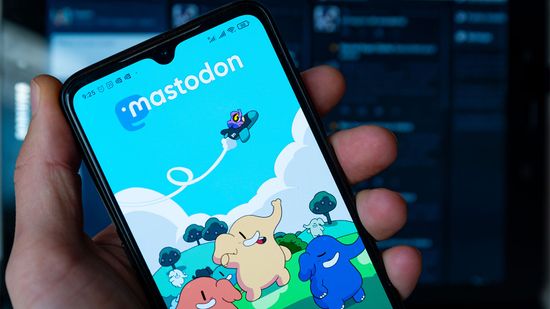
An Expert Explains Why Mastodon Won't Be the New Twitter
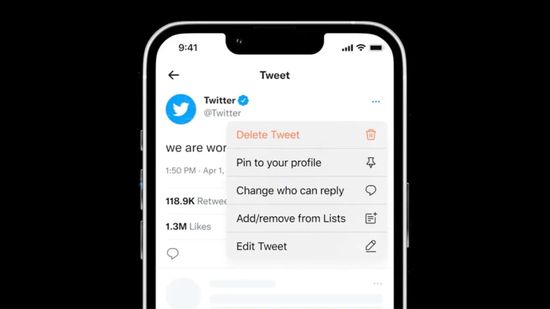
Twitter Is Finally Getting an Edit Button

Doomscrolling Is Messing With Your Mind, But You Can Break the Habit

Google Easter Eggs: Sweet Treats Hidden in Plain Sight

10 Reasons Why You Should Care About Net Neutrality

Does Weather Mess With Your Internet Connection?
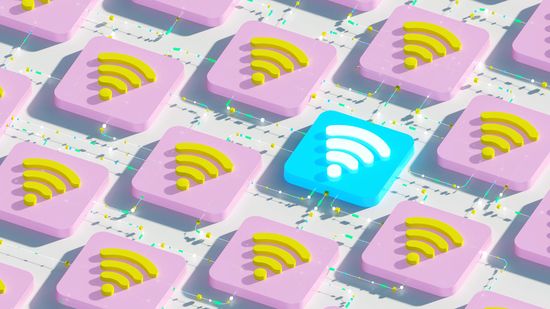
Why Does My WiFi Keep Disconnecting? 6 Easy Fixes
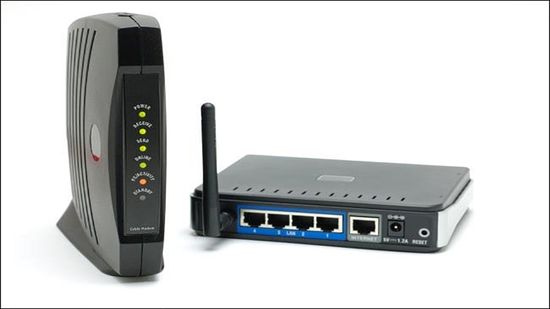
What's the Difference Between a Modem and a Router?
Learn More / Page 14
Every day, billions of e-mail messages are sent. But sometimes even e-mail isn't fast enough. Learn about instant messaging and check out what you can do with real-time computer communication.
By Jeff Tyson & Alison Cooper
It can be truly frustrating -- one minute you're zipping along just fine, the next, you can't get one page to load. What's causing the backup? Cable modems are part of a loop that begins at the cable company's central office, goes through a certain neighborhood or area, and comes back to the central office.
Fiber-optic lines have revolutionized phone calls, cable TV and the internet. It's a really cool technology that enables the long-distance transmission of data in light signals, and is used in many more ways than you think.
Advertisement
Your IP address is one of 4.3 billion unique numbers that identifies your computer on the internet. Learn the different IP classes and discover how your computer gets its own address.
Odor-producing peripherals will bring smell to the Internet, and are just around the corner. Find out how they will work!
How far will the Internet go? The next phase of the Internet will take us to far reaches of our solar system and lay the groundwork for a communications system for manned missions to Mars and planets beyond.
By Kevin Bonsor
These days, you can find animated figures all across the Internet! Ready to give life to your own creations? Learn about dynamic HTML, animated GIFs, Java, Shockwave and Flash animation techniques.
By Tom Harris
Advertisement
Do you get the shakes when you're offline for more than 10 minutes? The wireless Internet lets you browse Web pages from a cell phone or PDA. Learn about the Wireless Application Protocol that makes it possible to surf on the go.
By Jeff Tyson
The funny little "a" with its tail circling back around it is probably one of the most commonly used symbols today. So it is truly amazing to learn that there is no official, universal name for it.
To make it easier to pick out a particular link from your list of favorites, Internet Explorer versions 5.0 and higher include custom bookmark icons for some sites. Learn how they do it and how these icons make your web surfing easier.
Internet search engines are special sites on the Web that help people find information stored on other sites. There are differences in the ways various search engines work, but they all perform three basic tasks.
Advertisement
Learn how a cable modem works and see how dozens of television channels plus any Web site out there can flow over a single coaxial cable into your home.
You can put anything you want on a Web page, from family pictures to business information, to your random thoughts and musings. Learn how to create, upload and promote your pages so they're available all over the world.
Banner ads generate a big part of the revenue for many Web sites. Learn how banner ads work, how much they cost and how much you might earn if you put them on your Web page.
By Tom Harris
When you connect to the Internet, you might connect through a regular modem, a local-area network connection, a cable modem or a digital subscriber line (DSL) connection. DSL is a very high-speed connection that uses the same wires as a regular telephone line.
Advertisement
One of the greatest things about the Internet is that nobody really owns it. It is a global collection of networks, both big and small, that connect together in many different ways to form the single entity that we know as "the Internet." How is this possible?
What's so special about a T1 line? It means the phone company has brought a fiber optic line into your office that can carry data at a rate of 1.544 megabits per second!
Once you spend a good deal of time on the Web, you start learning the language of internet addresses. Have you come across sites that use something in place of www? (Hint: you're on one now!)
Are you ready to get your brilliant idea online and active? Here's the breakdown of what you'll need to do.
Advertisement
While .html may be the most common file extension, what do the others mean? What about .htm, .asp or .php?
When you try to leave a Web site, either by using the Back button or by closing the browser window, the site reappears in a new window. Or maybe the site pops up in three or four new windows when you try to leave it. What's going on here?
How do large Web sites handle the load of millions of visitors a day? Learn about Domain Name Servers and load balancing switches.
"Howstuffworks.com" is a domain name. The com portion of the name is called the top-level domain name. See the other standard top-level names and who uses them.
Advertisement
Cookies have, for some reason, gained a rather sinister image, but a cookie is just one or more pieces of information stored as text strings on your machine. Find out how they work and how they got their dangerous image.
It's a frustration most of us encounter daily - the broken link. It's especially annoying when you're really looking forward to that page you expect to load! Find out what (besides human error) creates broken links.








